
Space
Month in Space: September 2016
Major lasers, satellites fly, looking down on lightning and more of September's best space pictures.
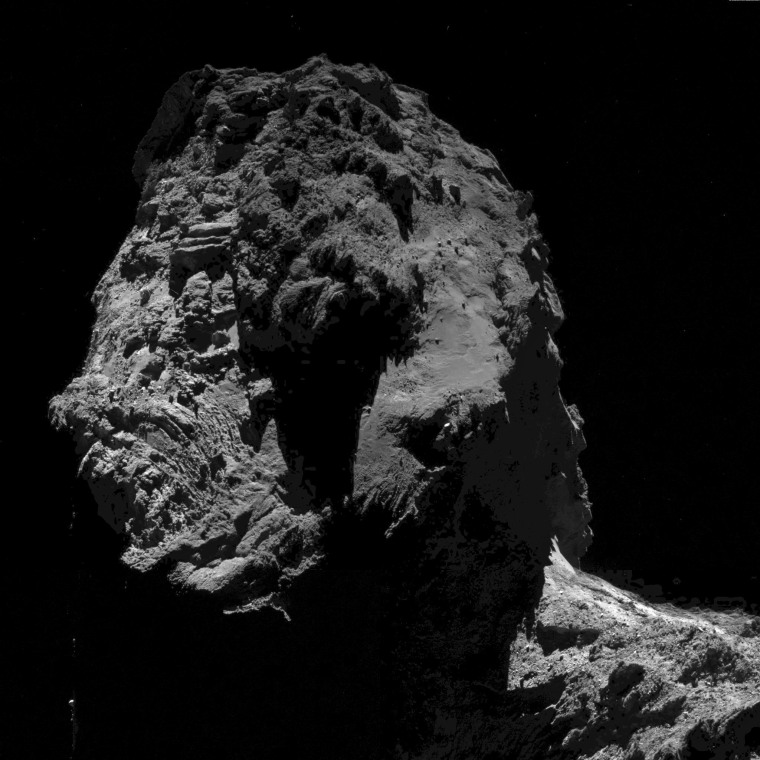
The Rosetta spacecraft captured this image of Comet 67P on Sept. 20 when the Rosetta was 8.5 miles from the center of the comet. The European Space Agency craft is scheduled to crash-land into the comet on Sept. 30, ending its 10-year, four-billion-mile journey.
Scientists decided to crash-land the probe on the comet because its solar panels won't be able to collect enough energy to power Rosetta as it hurtles away from the Sun along 67P's elliptical orbit.
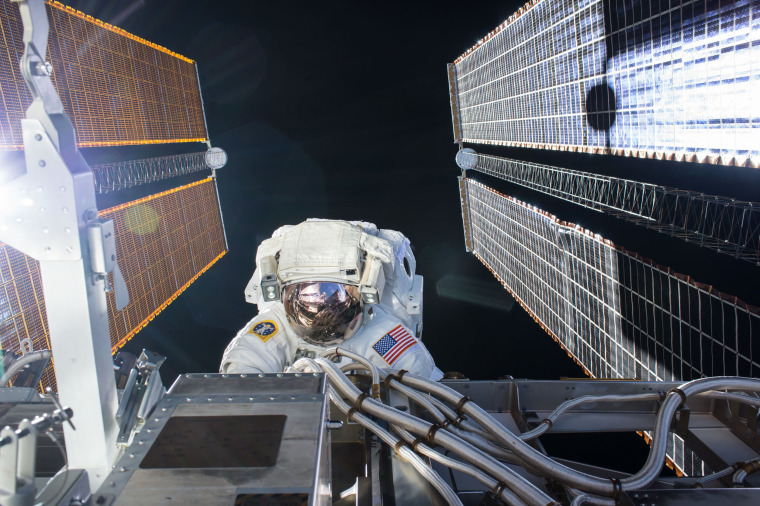
NASA astronauts Kate Rubins, pictured, and Jeff Williams conducted a six-hour and 48-minute spacewalk on Sept. 1, 2016. The pair successfully retracted a thermal radiator, installed two enhanced high definition cameras on the station's truss and tightened bolts on a joint that enables one of the station's solar arrays to rotate. The spacewalk was the second for Williams and Rubins in just 13 days.
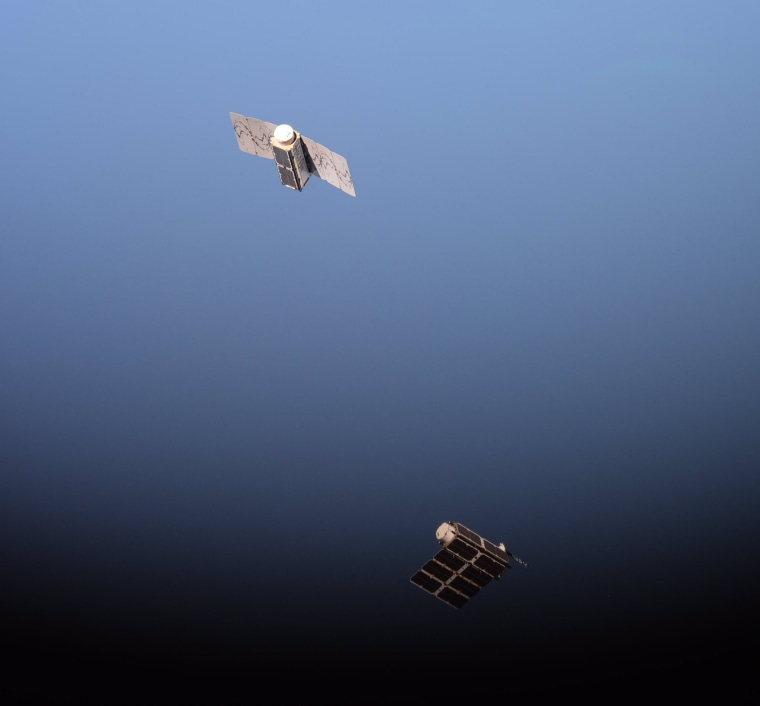
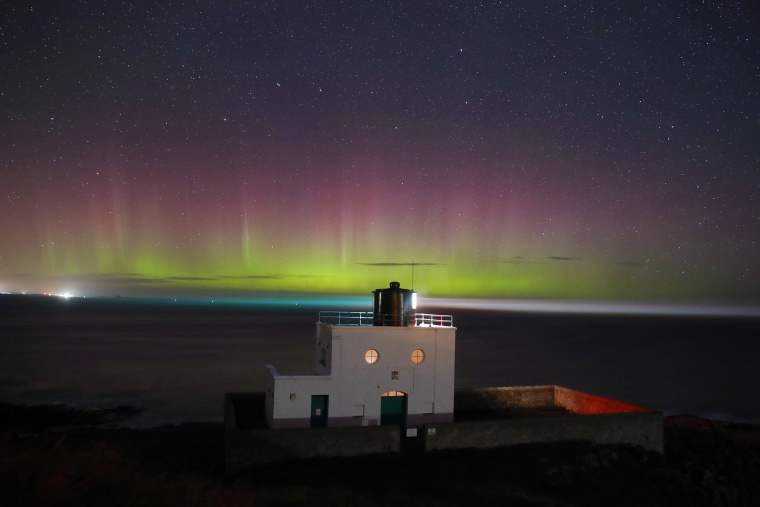
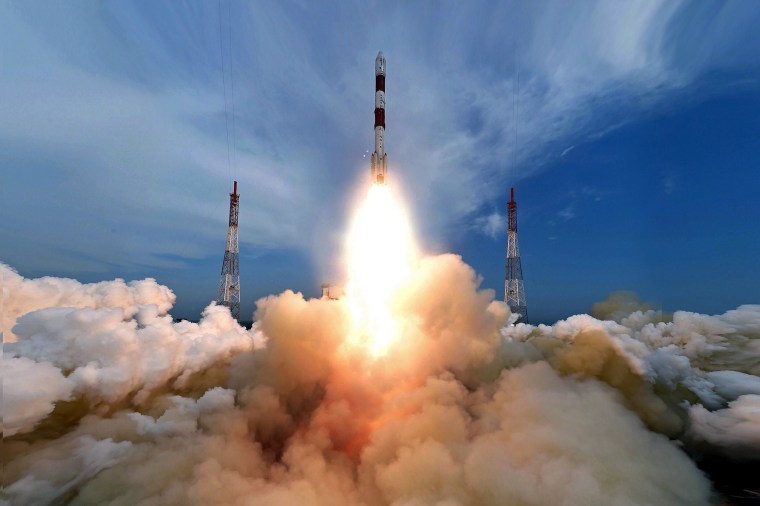
An Indian Space Research Organization (ISRO) rocket takes off from the launch pad at Sriharikota's Satish Dhawan Space Centre in Andhra Pradesh, India, on Sept. 26. ISRO successfully put into orbit its own weather satellite SCATSAT-1 and seven others, including five foreign ones, according to media reports.

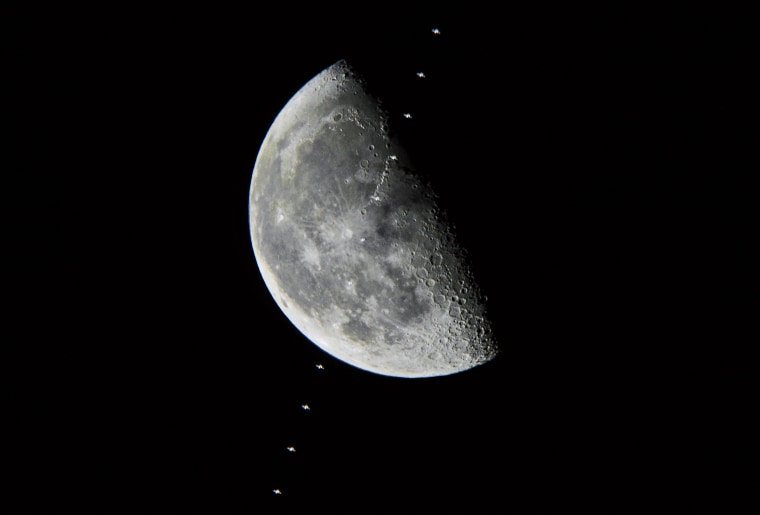
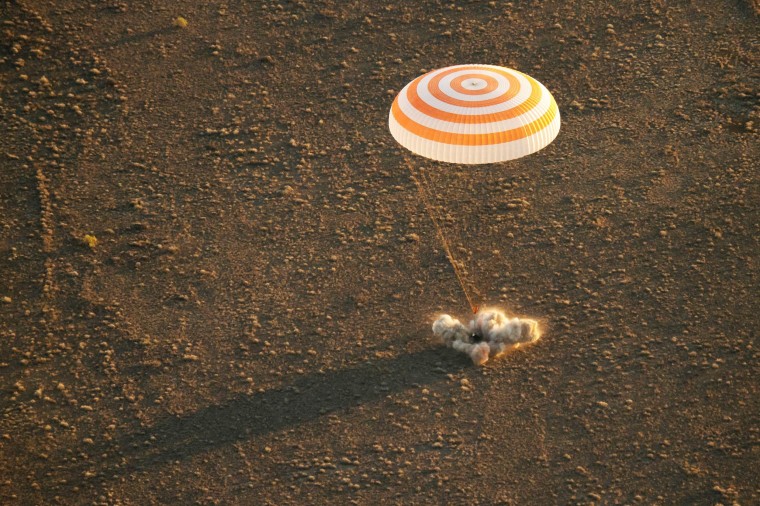
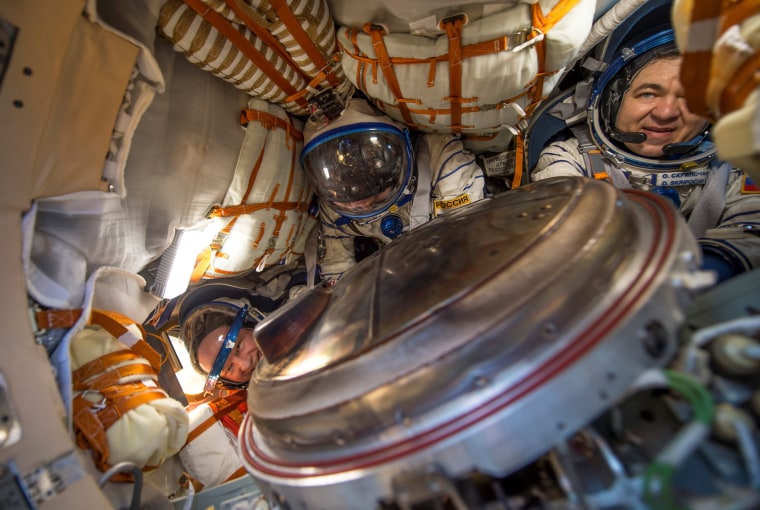
International Space Station crew members, from left, astronaut Jeff Williams and cosmonauts Alexey Ovchinin and Oleg Skripochka sit inside the Soyuz capsule after landing in Kazakhstan on Sept. 7. The three were returning after 172 days in space. Adding those days to his three previous space flights, Williams has spent a total of 534 days off the planet, the longest for a NASA astronaut.
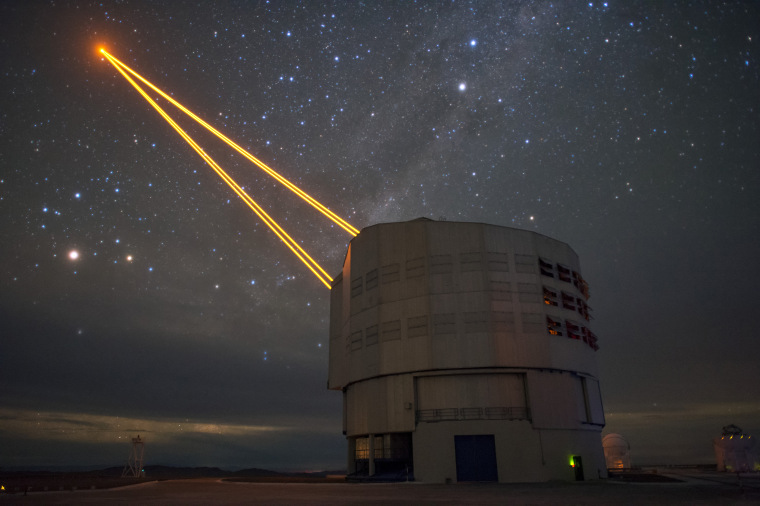
Four lasers reach into the night sky at the European Southern Observatory's Very Large Telescope on Sept. 2 in Paranal, Chile. The lasers are a part of the adaptive optics system on the VLT which allows astronomers to drastically reduce the atmospheric distortion present at even the best sites in the world for astronomy.
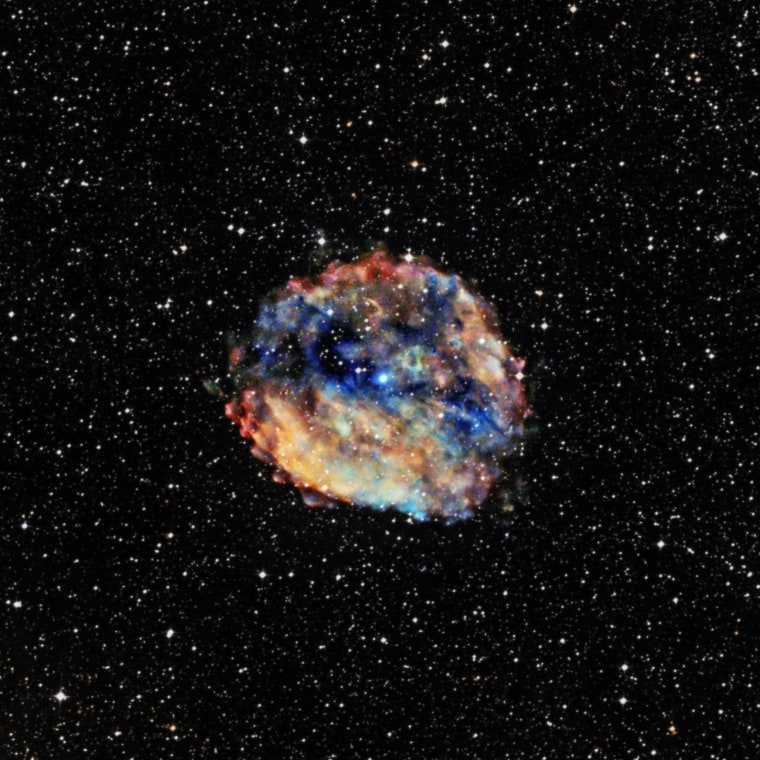
Using Chandra and other X-ray observatories, astronomers have found evidence for what is likely one of the most extreme pulsars, or rotating neutron stars, ever detected. This composite image, released on Sept. 8, shows RCW 103 and its central source 161348-5055 in three bands of X-rays detected by Chandra with low, medium, and high-energy X-rays colored red, green, and blue respectively. (The X-ray data have been combined with an optical image.) The central source RCW 103 has properties of a magnetar, a highly magnetized neutron star, yet spins at the relatively slow rate of once about every six and a half hours. This would make it the slowest spinning neutron star ever detected.
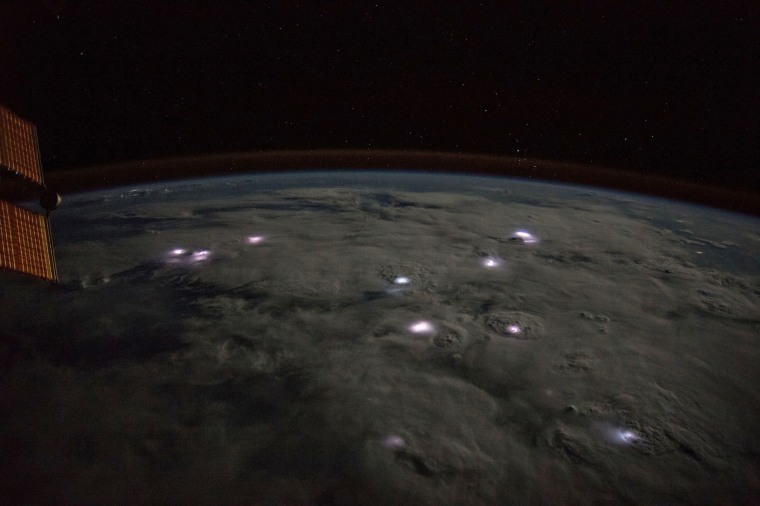

Pluto's largest moon, Charon, appears in a high-resolution, enhanced color view captured by NASA's New Horizons spacecraft in 2015 and released on Sept. 15, 2016. Scientists have learned that reddish material in the north (top) polar region is chemically processed methane that escaped from Pluto's atmosphere onto Charon.

This shot from the NASA/ESA Hubble Space Telescope captured on Sept. 5 shows a maelstrom of glowing gas and dark dust within one of the Milky Way's satellite galaxies, the Large Magellanic Cloud (LMC). This stormy scene shows a stellar nursery known as N159, an HII region over 150 light-years across. N159 contains many hot young stars. These stars are emitting intense ultraviolet light, which causes nearby hydrogen gas to glow, and torrential stellar winds, which are carving out ridges, arcs, and filaments from the surrounding material. At the heart of this cosmic cloud lies the Papillon Nebula, a butterfly-shaped region of nebulosity. This small, dense object is classified as a High-Excitation Blob, and is thought to be tightly linked to the early stages of massive star formation. N159 is located over 160,000 light-years away.
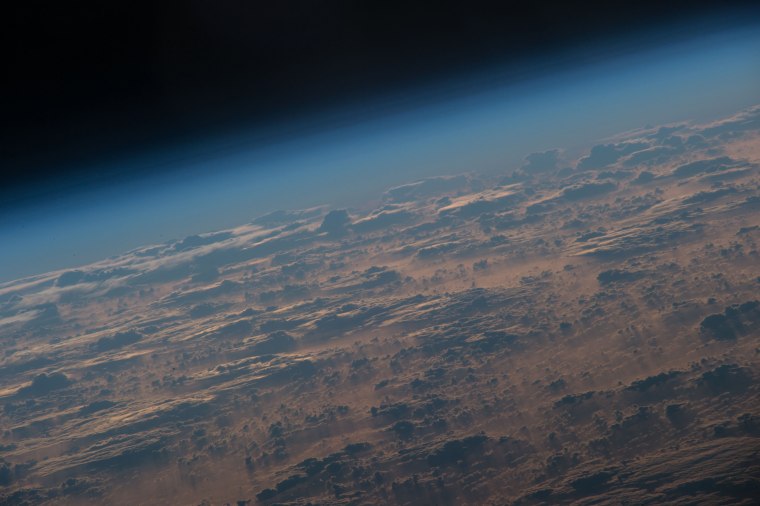
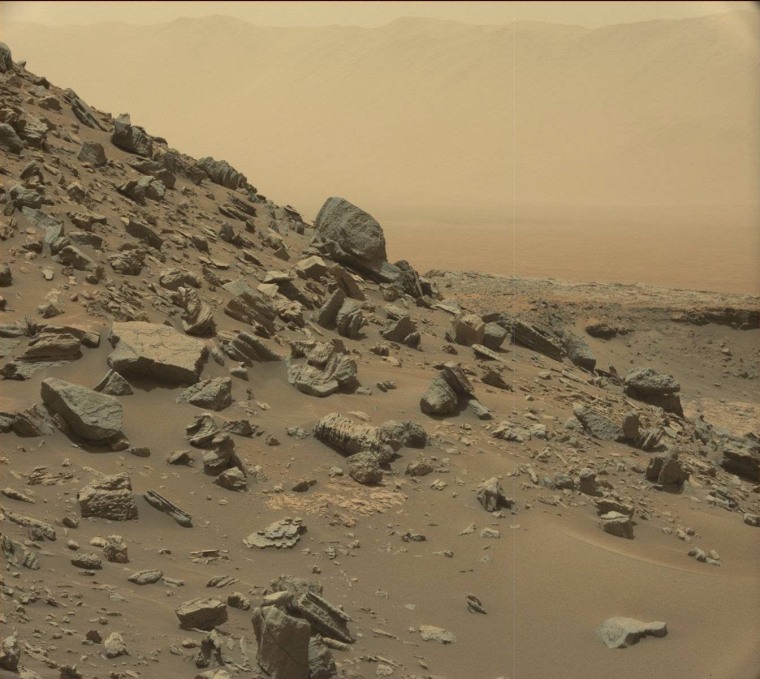
The rim of Gale Crater is visible in the distance, through the dusty haze, in this view of a sloping hillside on Mount Sharp as pictured by NASA's Curiosity Mars rover Sept. 8. NASA says the Martian buttes and mesas rising above the surface are eroded remnants of ancient sandstone that originated when winds deposited sand after lower Mount Sharp had formed.
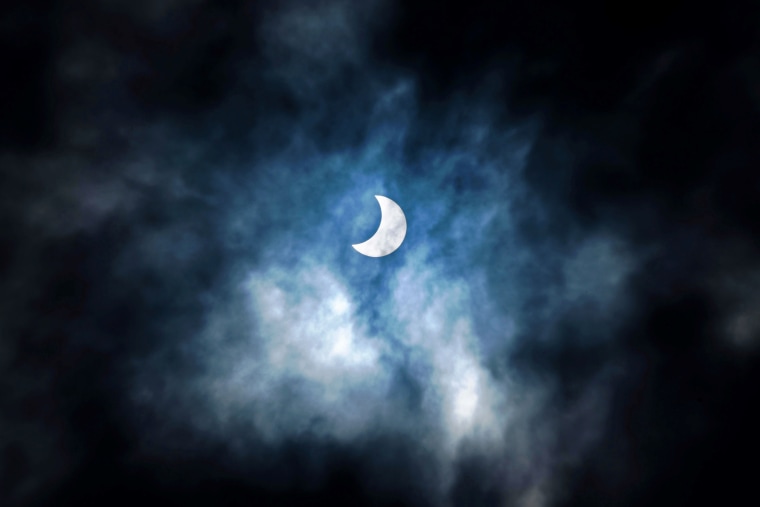
The moon passes in front of the sun during a solar eclipse over Dar es Salaam, Tanzania, on Sept. 1.
Month in Space:August 2016